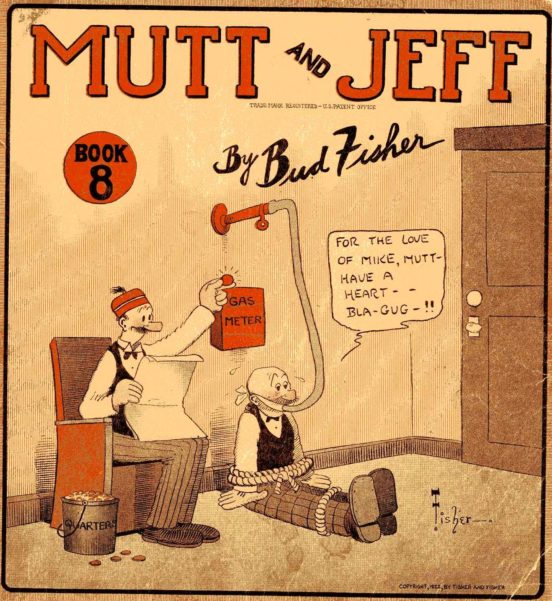Designing a traditional newspaper comic strip can sometimes seem like a lost art. But the comic strip design process is a great tool for artists who want to hone their skills. To properly draw a strip, you’ll have to make great characters, shepherd them through a brief narrative, create dialogue, and practice coloring and lettering.
Choose the Right Structure
We start with an assumption that you have already selected your characters and story. The next thing to do is decide how many panels you need to tell the story. Each square represents a panel. You need a minimum of one panel, but unless you are actually publishing the strip in a newspaper, you can be flexible about how many panels you need.
One panel can be an effective way to tell a story. Bizarro, an adult comic, takes this approach. Some illustrators like to create a single long panel to tell a story.
You can also consider the gag-a-day format. A gag-a-day strip is a style where every panel delivers a complete joke, rather than a story. This is the dominant form in newspapers today. The first strip to use this style was Bud Fisher’s Mutt And Jeff back in 1908.
It is far more common, however, to begin with a three panel comic.
This is the right length to tell a story or a joke. Limiting your panels is the best way to sharpen your narrative skills, keeping the story or joke brief and to the point. This is the right format for people who like writing a storyline with more characters.
Focus on Characters and Setting
Think carefully about the main attributes of your characters and how you will convey them with color, movement, dialogue and more. In your sketchbook, draw the characters and make a list of their attributes. Include their physical details (how they look, their age, their hair color, etc) and their personality attributes.
For the setting, think about what tells the story best. Many strips have elaborate settings, but others only need the bare minimum.
Draw the Comic
You can draw the comic strip on paper or completely on a computer. Drawing by hand is still the surest way to hone your craft. It is helpful to use foam board for a template to ensure the panels are the same size and shape. The panels should measure 10” x 5” (25 x 12 cm), a perfect rectangle. Many cartoonists trace the template onto white paper.
Make a grid on the paper for text. This helps maintain the proper spacing. A ruler is a simple way to make the grid on each panel. After you put the text in, simply erase the grid. When penciling in the characters, use a light touch so it is easy to sketch them in gradually and make changes.
Then you will want to color the elements. First erase any pencil marks that still remain, making the panels as clean as possible. Then add color. You can use markers, pens, or even paints. Pen lines will help you keep the color sections separate and avoid the color bleeding into another section.















